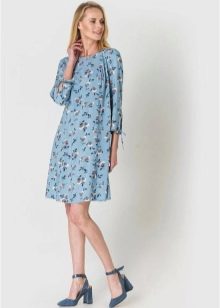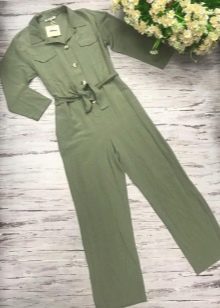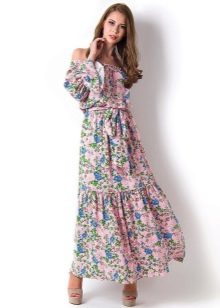Features of fabric staple
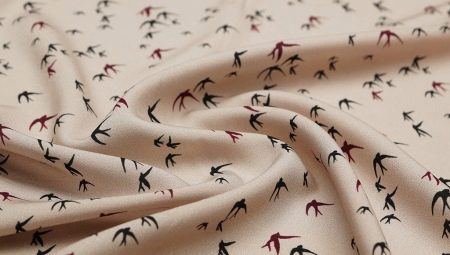
There are many different types of fabrics. Popular is a material consisting of natural and artificial fibers. It is called a staple. In today's article, we will learn about all the features of this fabric.
What it is?
Before understanding the peculiarities of a textile called a staple, it is advisable to find out what it is. A staple is a fabric made up of a mixture of artificial and natural fibers. The material is light and soft, but at the same time quite dense. For the production of the textiles in question, cotton fibers and viscose are usually used. The proportions of threads of natural and synthetic origin in the material are represented by indicators of 50/50. It is due to this feature that the staple belongs to the category of mixed materials.
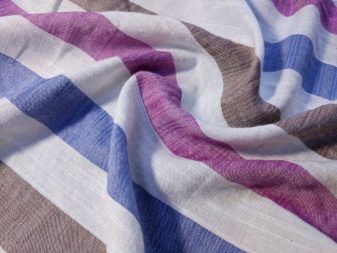
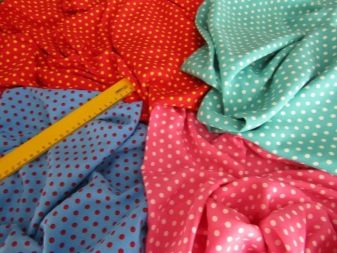
This type of material is very popular because it has many positive qualities.
- Staple fabric is able to give a person a lot of pleasant tactile sensations.
- The fabric in question looks attractive and neat, therefore aesthetic and high-quality products of various types are obtained from it.
- The staple is a lightweight textile. Thanks to this, staple items are practically not felt on the body while wearing.
- The woven material stretches beautifully, literally flows on the human figure, making it possible to emphasize all its advantages.
- The staple material is characterized by increased wear resistance. There are practically no clues or puffs left on it.Pills do not collect on the staple; when dry, the fabric is tear-resistant.
- The considered woven material has bright and rich colors. The color on the staple is stable, therefore it does not fade during washing, does not fade under the influence of sunlight.
- The staple perfectly absorbs and "takes away" excess moisture from the human body.
- The material is capable of air permeability, allows human skin to breathe unhindered, can regulate body temperature, and does not allow strong heating.
- The staple material has good hygienic properties. The surface of these textiles is unfavorable for the growth of pathogenic bacteria, mold or mildew.
- The fabric in question is characterized by environmental friendliness and complete safety for any living organisms. The material contains no dangerous and harmful toxins. In addition, the staple does not provoke allergic reactions.
The fabric can be draped easily and without problems, forming aesthetic folds.

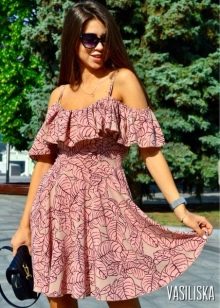
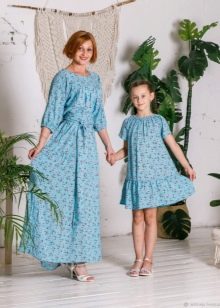
If we consider in detail the description of the characteristics of the staple, then it is possible to identify certain disadvantages that this material possesses.
- Staple items often shrink after the first wash. First of all, this concerns the parameter of the length of woven products.
- Viscose fabric is subject to strong creasing, which negatively affects its external characteristics.
- In case of getting wet, staple items lose their previous strength indicators.
- The textiles in question behave quite capriciously when sewing and cutting.
- It can be very inconvenient and difficult to take care of staple things. We are talking about both washing and ironing such fabrics.
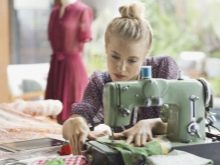

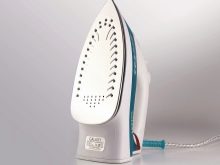
History
Like any other woven fabric, the staple has its own history of origin. On the territory of the former USSR, a new type of fabric began to be produced in the 50s. The name "staple" is of German origin. For the manufacture of fresh textiles, specialists have learned to use various fiber waste and threads.
Domestic craftsmen decided to use the experience of German textile workers to release a completely new woven fabric. Initially, cotton and viscose were included in the staple content, but after a while it was decided to add lavsan threads. As a result, matter came out with a reduced cost. The fabric very quickly gained widespread popularity among the fair sex. The strength indicators of the threads made it possible to wear staple items for many years. Thanks to this, a huge number of different products began to be produced from the textiles in question.

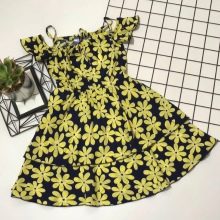

Due to the huge demand for blended fabric, its production began to be massive. The staple was inexpensive, so it was bought up quickly. To this day, this type of fabric remains in demand and popular. The price of staple things is democratic.
Only the composition of the fabric has undergone certain changes.

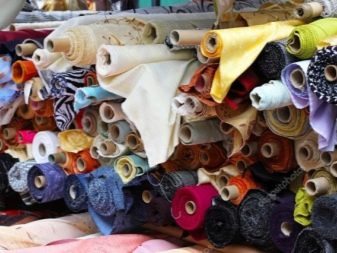
Main characteristics and properties
Let's get acquainted with the main characteristics and properties of staple textiles.
- The hygroscopicity index of the tissue in question is in the range of 13-18%.
- The water resistance of the staple material is rather low.
- The tissue in question demonstrates good capillarity indicators. The staple has a high rate of absorption of excess moisture.
- The air permeability of the staple is at an average level.
- The material is characterized by high vapor permeability.
- The staple is characterized by moderate electrification.
- The structure of the woven fabric itself is characterized by either a smooth or a main weave type.
- As mentioned above, the fabric wrinkles and shrinks easily after the first wash.
- Currently, the fabric in question is produced in Korea, Russia and Turkey.
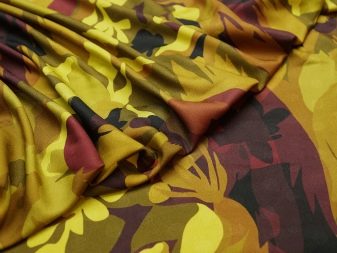
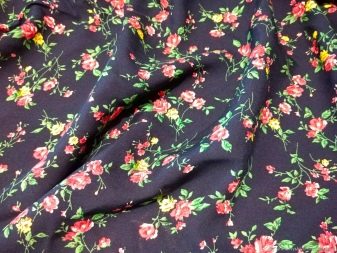
Species overview
Quality staple fabric comes in several different types.Each of them has its own qualities and performance characteristics. The division of tissue into subspecies occurs according to a number of criteria.
By composition
The staple material contains both natural and synthetic fibers. The latter have a beneficial effect on the performance characteristics of the fabric. Due to the presence of synthetics, staple items wrinkle a little less along the way.
Today's manufacturers of high-quality textiles produce fabrics that are 100% cotton components. Synthetic versions are produced today by passing polymer masses through special dies. This process is a bit like processing meat into minced meat. A distinctive feature is the number of holes - there can be up to 15,000 of them. After that, the process of drying, pressing, cutting to the required length is carried out.
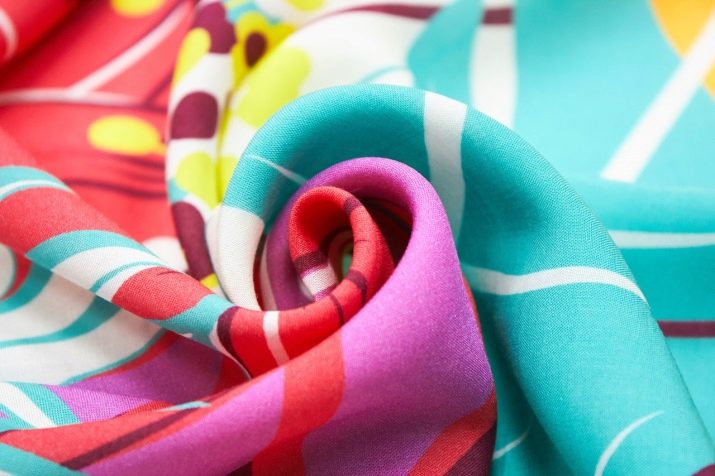
Currently, staple varieties with such bases are on the market.
- Mixed. The classic version of the staple. Viscose is present in its content, in some cases lavsan is added. Most often, the ratio of the components here is 50/50. If the composition contains lavsan, then natural cotton accounts for 50%, viscose components - 30%, and lavsan - 20%.
- Cotton. Variety of natural origin. It is characterized by excellent breathability and does not irritate the skin. The main disadvantage of cotton is that it wrinkles a lot while wearing it, practically does not stretch. Outwardly, this material looks soft, has no roughness on the surface, is very lightweight and tactilely pleasant.
- With lycra. More modern technologies are used in the production of such material. Due to this, the fabrics are elastic. The percentage of additives here can be up to 20%.
The main disadvantage of staple with lycra is that after washing things from it shrink and wrinkle very quickly.
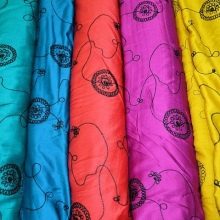
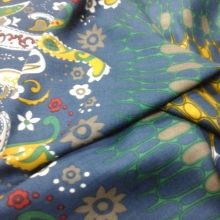
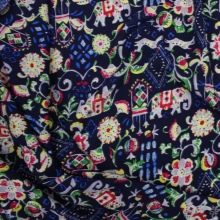
By weaving
The fabric in question may imply different types of weaving.
- Classic. The material with such weaving is made in accordance with the linen technology. In this case, the surface of the fabric is smooth on both sides. Textiles come out light and flowing.
- Crepe. The crepe weaving technique is often used in the production of staples. Modern crepe staple is characterized by a rough surface on both sides.
- Twill. This type of weaving gives the material a surface that has a relief in the form of a diagonal rib.
- Satin. The staple material with the indicated weave has an attractive, but very light and unobtrusive shine. The fabric is slippery to the touch, reminiscent of silk.
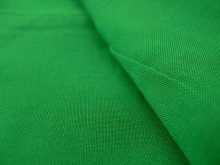

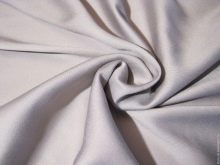
Manufacturers
The production of high quality staple fabric is established in different countries. Modern Turkish products have a lot of advantages, as well as fabrics produced in China, Korea, the United Arab Emirates and Indonesia.
The staple produced in Italy is of very good quality. Not only Italian, but also French fabrics are very popular. Domestic staple factories are equipped with modern and multifunctional equipment. Thanks to this, Russian manufacturers produce high-quality fabrics that meet all existing standards.


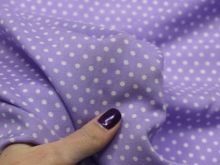
Areas of use
Due to its impressive number of advantages, staple is a popular material. It is relevant in a wide variety of areas.
- Beautiful models of dresses of various lengths are sewn from staple fabric.
- The fabric is great for the production of summer sundresses, differing in a variety of styles.
- Various models of skirts are made from the staple.
- The material is used for the production of blouses, shirts and fashionable tunics.
- Stylish tops made from staple are popular.
- Staple fabric is also relevant for home textile assortment.High-quality curtains, tablecloths, decorative pillows are made from it.
- On sale you can find a lot of staple children's clothing.
We are talking about dresses, sundresses, T-shirts.
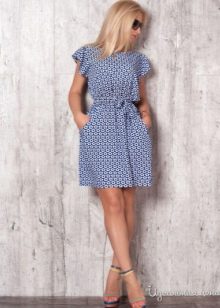

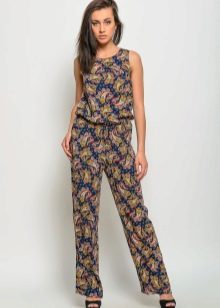
Selection Tips
Let's take a look at some useful tips for choosing things made from high-quality staple.
- When choosing wardrobe items from the fabric in question, you first need to look at the tag. It is important to pay attention to the composition of the fabric in order to know exactly how to properly care for it.
- It is very important to consider the fact that extremely cheap staple items will not be of excellent quality. Too low a price usually indicates impracticality of the fabric.
- When stretching staple products, you can notice that they are characterized by a small level of elasticity, and then quickly take on their original shape. Low-quality products will stretch too much and show a tendency to deform.
- It is highly recommended to purchase staple items that are produced by bona fide manufacturers. Products from well-known brands differ in the highest quality.
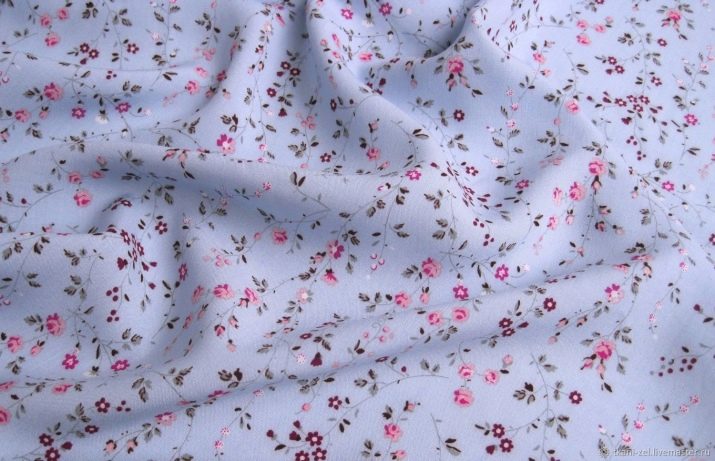
How to work with the material?
Find out what to consider when working with a woven material such as staple.
- Sewing clothes from the material in question has many features and nuances. A person must take into account significant shrinkage when washing products. Moreover, first of all, shrinkage is observed precisely along the length of the matter. It is because of this that the fabric should not be cut obliquely. You can only act in the direction of the fibers.
- In the course of cutting the staple, it must be remembered that the edge sections of the material are prone to shedding. In order not to create unnecessary problems, the master must act as carefully as possible.
- It is recommended to work with a staple for those craftsmen who have some experience, and are also well familiar with such a fabric.
If you take into account all the features of the staple, you can sew a lot of beautiful and high-quality things.

Care rules
Items made of high quality staple fabric need proper and regular care. Thanks to this, the products will be able to retain their aesthetic appearance for a longer time. Let's figure out the basic rules for caring for staple products.
Washing and drying
We will highlight the main rules for the correct washing and drying of staple products.
- If a piece of clothing from a staple is not washed by hand, but in a washing machine, then an extremely delicate processing option must be installed. In this case, the temperature should not reach more than 40 degrees Celsius.
- The compartment for gels and powders must only be filled with suitable formulations, the action of which is not too aggressive.
- If too much dirt is present on the woven fabric, it is advisable to rub it with powder in advance.
- When washing things from a staple, you do not need to use bleaching compounds.
- When drying products made from the textiles in question, they must be straightened so that the ironing process is easier. Clothespins should not be used.
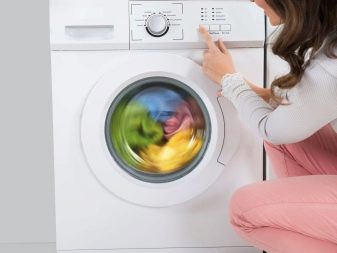
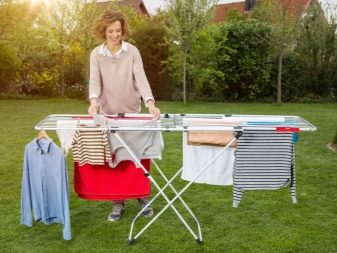
Ironing
Let's understand the features of ironing staple items:
- ironing things from a staple is recommended to be carried out from the seamy side;
- ironing staple items is recommended through a gauze piece or a thin piece of cloth;
- too high iron temperatures during ironing of staple items should not be set.

Review overview
The staple is a popular woven fabric that people leave a lot of different reviews about. Among them, you can find both positive and negative. As a rule, people are satisfied with the degree of softness of textiles, its lightness, low cost, and attractive appearance. Customers love the fact that these textiles are tactilely pleasing.
In most cases, users speak negatively about the crushing of staple items. In addition, many people notice that staple products shine through, highlighting almost all figure flaws. According to many buyers, tight-fitting outfits do not fit very attractively.
